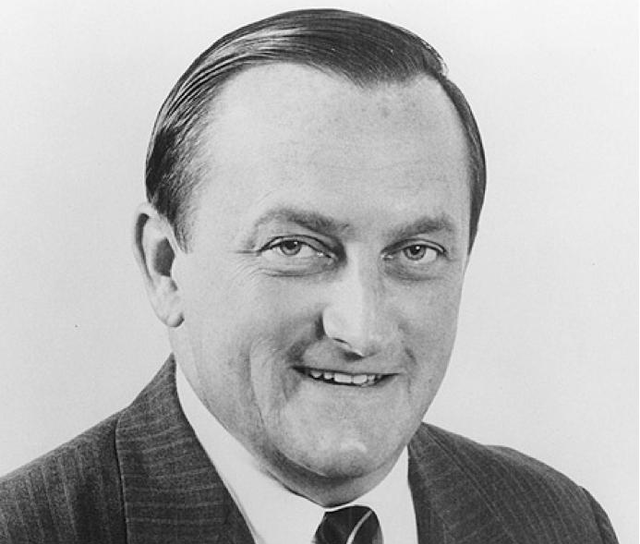It didn’t seem very useful. That was our thought when our team of programmers and systems analysts were presented with a brand-new IBM Personal Computer sometime in 1981. What the heck would we do with it? We had several IBM 370-series mainframes and a VAX or two. The diskless, disconnected IBM PC was a toy, and it basically sat around unused, until someone figured out how to turn it into a mainframe terminal.
The IBM PC era started a long time ago—32 years ago, led by William Lowe, who passed away a few weeks ago on Oct. 17, 2013. He was 72.
IBM doesn’t make Personal Computers anymore, and long ago, the definition of what a Personal Computer meant moved from the phrase “IBM PC or compatible” to “Windows compatible.” In fact, one rarely hears about PCs. You hear about desktops, you hear about laptops, you hear about notebooks, and you hear about Windows. PCs? Almost never, unless it’s in the context of Apple’s wonderful “I’m a Mac. And I’m a PC” commercials.
Do you remember the IBM PC? The rise of the clones, led by Compaq and Dell? The shift from PC DOS to MS-DOS? A time when a 10MB hard drive was large, when you manually inserted RAM chips into circuit boards, when the IBM PC AT’s 6MHz speed was a stunner?
The original IBM PC, model 5150, cost $1,565. The monitor was extra. Even with a monitor, the machine was fairly useless. Didn’t matter. They sold like hotcakes, legitimatizing the notion of a personal computer as a professional tool, not a hobbyist’s electronics fantasy. With the addition of software, like Word Perfect and Lotus 1-2-3, everyone had to have one.
The rest was history. Of course, the IBM PC is history too: IBM sold its PC division to Lenovo in 2004.

May William Lowe’s memory be a blessing to his friends, family, and everyone who has ever used an IBM PC.
Alan Zeichick, founding editor of SD Times, is principal analyst of Camden Associates.






